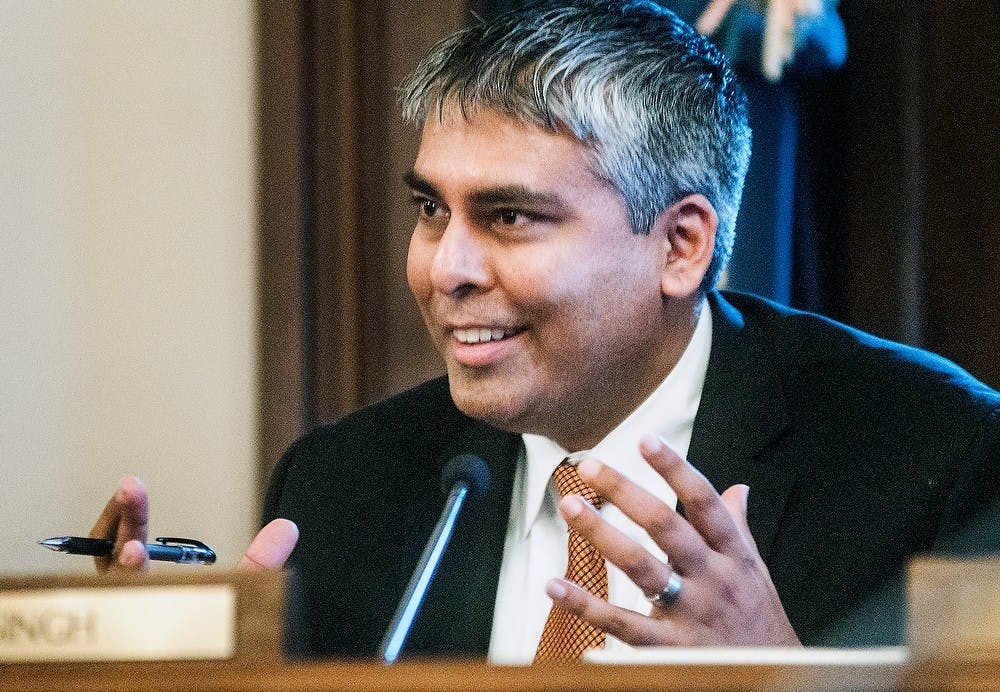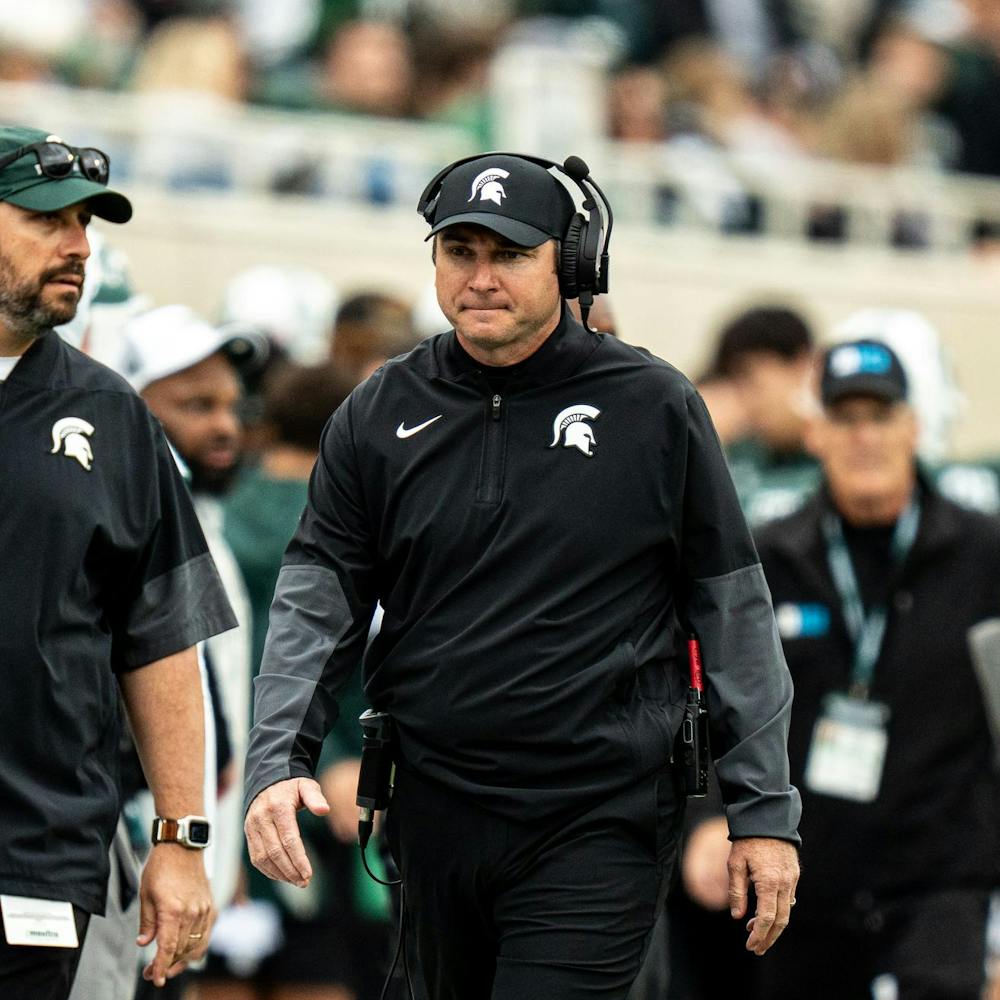After Gov. Rick Snyder made his budget recommendations for universities, a state House committee released its version — bigger funding allocations and tighter restrictions to hamper tuition increases.
Snyder released his suggestions for higher education funding in February, but weeks later, the Michigan Legislature’s House Appropriations Subcommittee on Higher Education made a few adjustments in its proposal, released March 19.
Kyle Jen, deputy director of the House Fiscal Agency, said a big difference between the two budgets is the allocation of performance funding, which is money awarded to schools who reach certain achievements in areas, such as graduation rates and degrees in certain areas of study.
The governor recommended awarding performance funding for universities based partly on whether they stick to tuition increase limits set at 4 percent next year.
The subcommittee lowered the limit to 3 percent and made tuition restraint a requirement for receiving funding.
“Universities that make responsible decisions with taxpayer funding and try hard to keep tuition hikes down will qualify for generous performance funding because they earned it,” said state Rep. Al Pscholka, R-Stevensville, chair of the subcommittee, during the hearing.
The governor and subcommittee agreed on allocating $24.9 million for performance funding, but the committee made specific recommendations for how much would be allocated for certain measurements of performance funding.
Jen said while Snyder left a portion of the $24.9 million awarded to higher education funding, the House version utilizes the full amount, resulting in increases in certain areas of performance funding.
The subcommittee’s allocation of funds based on undergraduate completions in science, technology, engineering and mathematics, or STEM, fields is $5.5 million compared to Snyder’s $4.1 million recommendation.
Funding based on research and development expenditures increased from $2.1 million in the governor’s budget to $2.8 million in the subcomittee’s.
Allocations based on total degree completions, six-year graduation rates and administrative costs in comparison to other schools across the nation increased from $12.4 million to $16.6 million.
Despite Democrats’ attempts to remove it, the subcommittee’s budget included language that would take away 15 percent of base appropriations for any university that re-contracted before right-to-work legislation took effect March 28.
The law allows employees to opt out of joining unions. Both the University of Michigan and Wayne State University recontracted and are at risk for losing funding.
No MSU unions renegotiated before the law took effect.
“It’s a shame … the Republicans would be pushing a budget that would harm them,” said Rep. Sam Singh, D-East Lansing, another member of the appropriations subcommittee. “It puts us at a disadvantage as a state.”
The budget is under discussion in various House committees.
The final deadline for Snyder to sign the budget is Oct. 1, the start of the new fiscal year.
Last year, Snyder signed the budget June 26.
Support student media!
Please consider donating to The State News and help fund the future of journalism.
Discussion
Share and discuss “Divisions between governor and House budgets for 2013-14” on social media.







